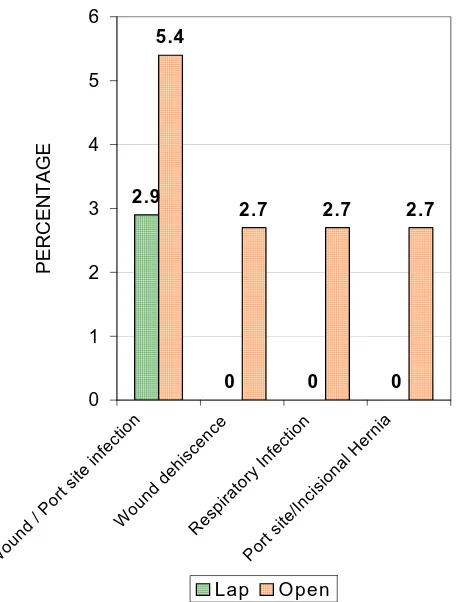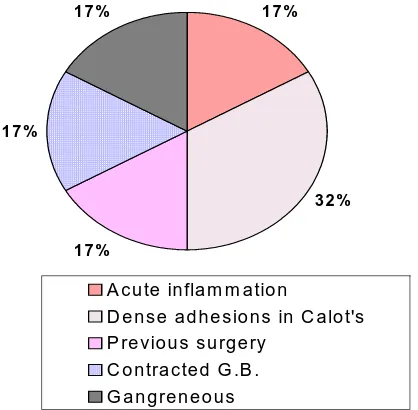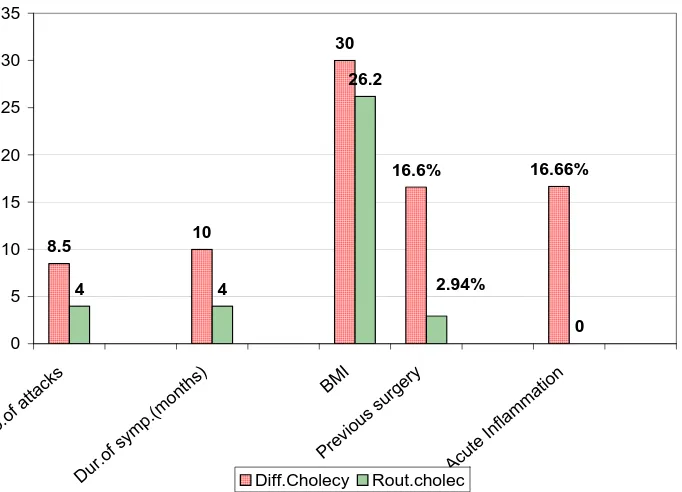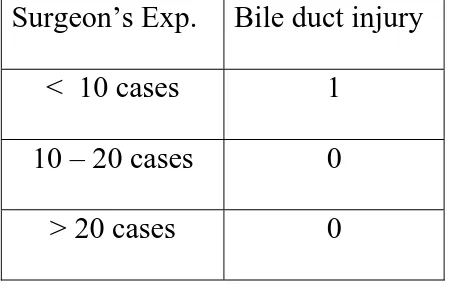Incidence of Bile Duct Injuries in Laparoscopic Vs open Cholecystectomy: A Review of Methylene Blue Injection Technique to Prevent Bile Duct Injuries in Laparoscopic Cholecystectomy
Full text
Figure
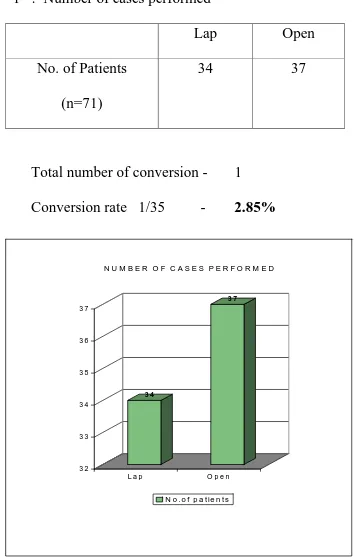
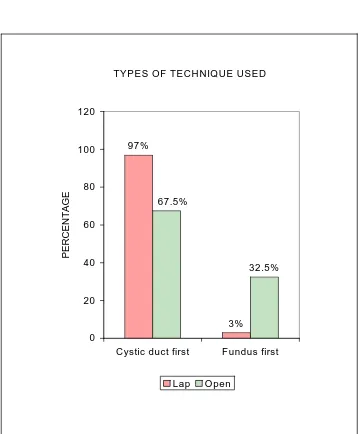
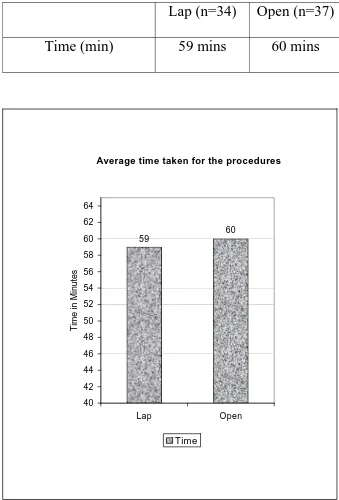
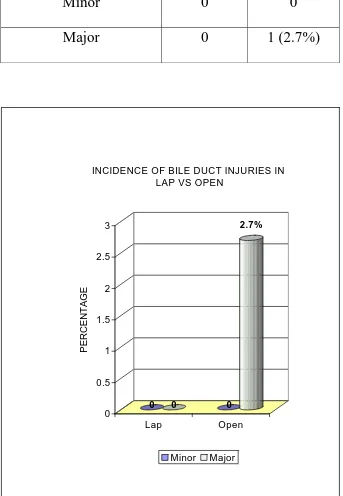
Related documents
In this limit BCC phase has been found to be the most stable among several simple structures by ab initio calculations and the atomic melting from the BCC crystal and the fluid
V - Common provisions for proceedings before the disciplinary bodies 25 2 In view of the overall circumstances (particularly if no other evidence is available to corroborate that
European Federation of Psychology Teachers - (EFPTA) initiates international cooperation in the field of teaching of psychology in high education in European countries. The
Defendant [NAME] had an opportunity to convert from a laparoscopic cholecystectomy to an “open cholecystectomy” before clipping and cutting [NAME] common hepatic bile duct.. It
understanding the current state of affairs; and, if developing a political agenda implies the need to understand both the problems of capitalism and the means for their redress; then
The black line represents the median posterior value, the grey lines the 95% Highest Probability Density (HPD) intervals. B and E) Surveillance data of NoV GII.4 strains, detected
Kaspersky Business Space Security protects workstations and file servers from all types of viruses, Trojans, and worms, prevents virus outbreaks, and secures
16.1 If an asset, that has previously been designated as a capital item (e.g. piece of equipment, building), comes to the end of its useful life or is disposed of (e.g. given
